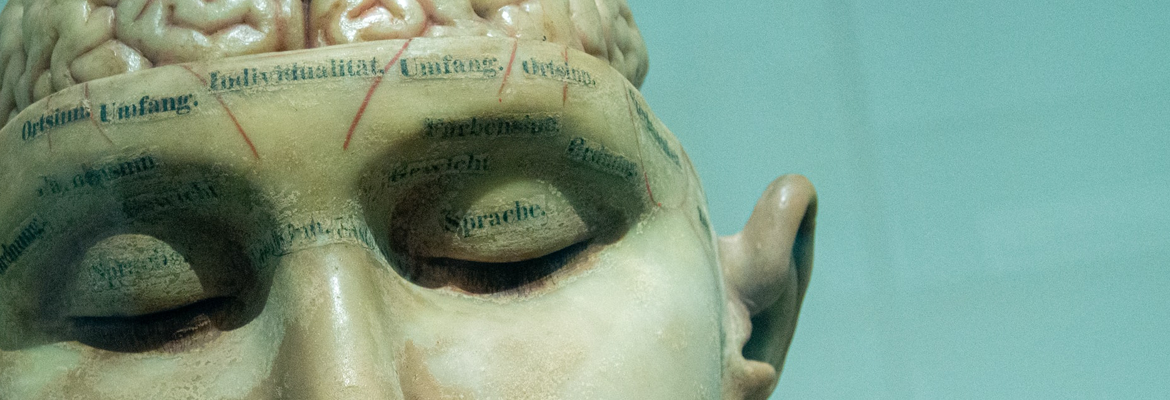Understanding the mechanism of the neural correlates during human physical activities is important for providing safety in industrial factory environments considering brain activity during lifting a weight. Moreover, different responses to the same task can be observed due to physiological and neurological differences among individuals. In this project, the change pattern in EEG will be investigated during lifting of a weight and the features in EEG data making difference during lifting a weight will be analyzed. Classification between lifting and no lifting cases will be realized by using deep learning based machine learning methods. The outcomes of the project can be applied in industrial exoskeleton applications as well as physical rehabilitation of stroke patients.
Output
Dataset Repository (Share on AI4EU)
Conference Paper / Journal Article
Presentations
Project Partners:
- Türkiye Bilimsel ve Teknolojik Araştırma Kurumu (TUBITAK), Sencer Melih Deniz
- German Research Centre for Artificial Intelligence (DFKI), Paul Lukowicz
Primary Contact: Sencer Melih Deniz, TUBITAK BILGEM
Main results of micro project:
The project has run for almost 50% of its allocated time and has yet to be completed. Within this time duration, the following steps were completed:
1. Experimental paradigm was designed to achieve the project goals.
2. Study preparation including hardware and software development was completed.
3. Data recording session has been started and is in progress. Data from a total of 10 people has been obtained so far. More participants will be included in data acquisition to achieve the desired result.
The dataset and results will be evaluated once the data acquisition is completed.
Contribution to the objectives of HumaneAI-net WPs
This project is also part of WP2 with task numbers T2.2, T2.3.
This project aims to contribute to WP2 and WP6 by investigating the use case of EEG signal and AI models in the detection of various aspects of physical activities during weightlifting. To investigate pattern change in EEG during weightlifting will be aimed at providing more information in prediction of intended and actual human actions during sensori-motor tasks. Doing so, a common research question is aimed to be applied to the more industrial use cases such as control of exoskeletons. Moreover, outcomes of the project can be used for contribution in increasing mobility in stroke patients and disabled people as related with healthy living and mobility.
Tangible outputs
- Program/code: Data Acquisition Software Code – Juan Felipe Vargas Colorado
Attachments
Results Description
In this project, it was investigated whether EEG (electroencephalography) signal can be used for detecting the motion as well as the variable weights a person is lifting. To do this, an experimental paradigm has been designed and EEG data have been acquired during performing biceps flexion-extension motions for different weight categories: lifting with no weight (empty), medium, and heavy lifting.
Features in EEG data generating difference for each lifted weight of category have been investigated. EEG data via different two EEG headsets have been collected from various participants while they lift different categories of load, namely empty, medium and heavy, in this project. Then, EEG data have been analyzed to realize if different category of weigths result in difference in EEG data by applying different deep learning methods together with different machine learning methods. According to the obtained results, it can be said that that EEG signals can be successfully used as a method to predict different loads during dynamic bicep curl motion. Therefore, this result could result more researches to develop rehabilitation systems robust to dynamic changes in weight. Moreover, information regarding weight change could contribute to a better estimation of fatigue condition to be used in sports and training applications. Finally, it has been evaluated that the approach to predict different categories of lifted weight could be used in further optimizations in industrial applications for which usage of exoskeleton can be given as an example.
Results of micro project in which TUBITAK BILGEM and Deutsches Forschungszentrum für Künstliche Intelligenz (DFKI) Kaiserslautern collaborated was presented at the IEEE-EMBS International Conference on Biomedical and Health Informatics jointly organised with the IEEE-EMBS International conference on Wearable and Implantable Body Sensor Networks organized in Ioannina, Greece between 27-30 September 2022. Also it was published with the title “Prediction of Lifted Weight Category Using EEG Equipped Headgear" in 2022 IEEE-EMBS International Conference on Biomedical and Health Informatics Conference Proceedings.
Publications
Conference proceeding:
"Prediction of Lifted Weight Category Using EEG Equipped Headgear", published in 2022 IEEE-EMBS International Conference on Biomedical and Health Informatics.
Links to Tangible results
Paper: https://ieeexplore.ieee.org/stamp/stamp.jsp?tp=&arnumber=9926744
Dataset: https://www.ai4europe.eu/research/research-bundles/neural-mechanism-human-brain-activity-during-weight-lifting?category=ai_assets



